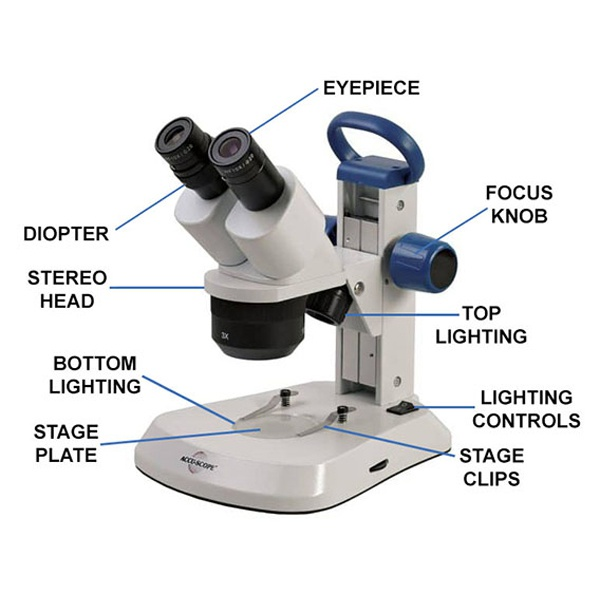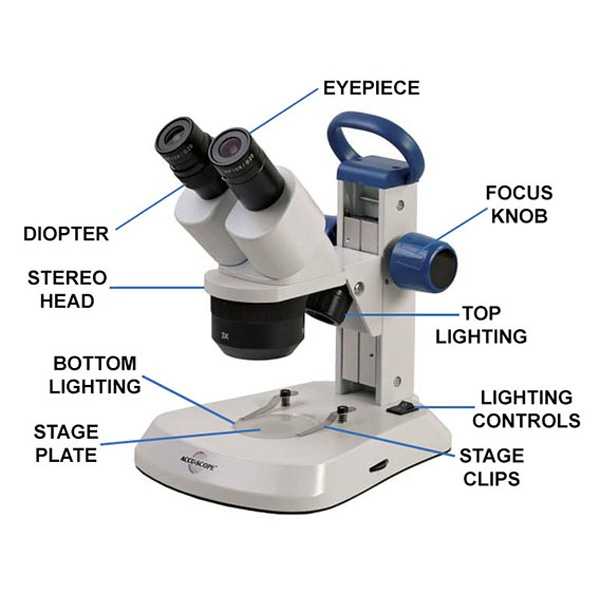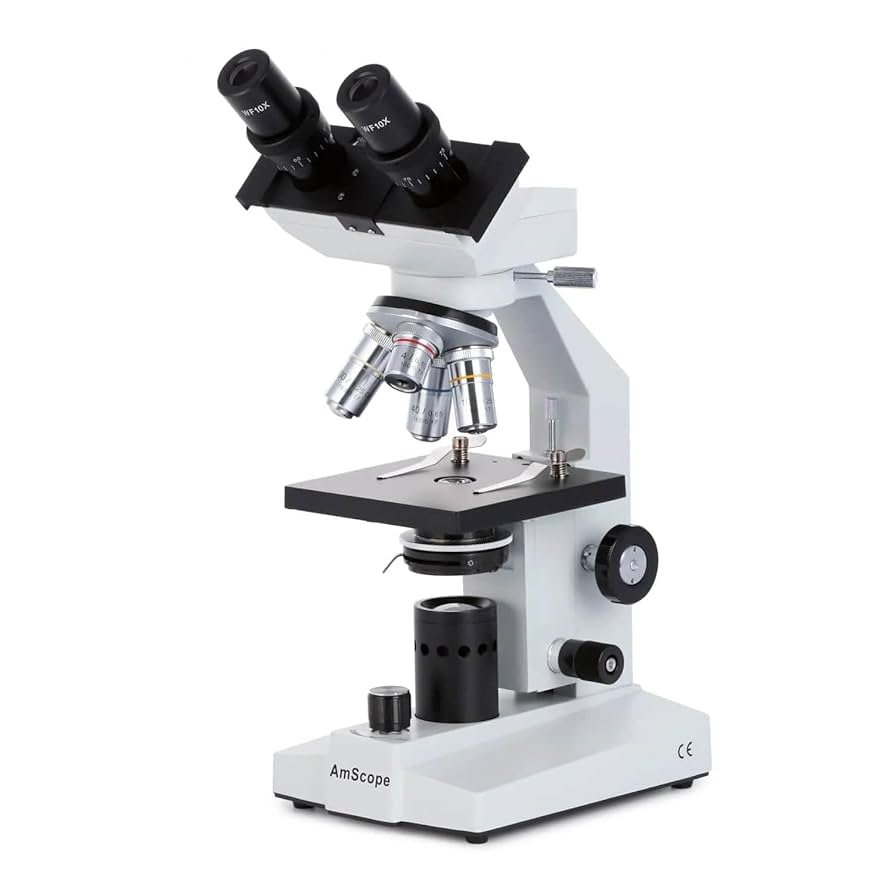Week 2 - Trace Evidence, Microscopy, Forensic Toxicology, and Forensic Chemistry
1/24
There's no tags or description
Looks like no tags are added yet.
Name | Mastery | Learn | Test | Matching | Spaced |
|---|
No study sessions yet.
25 Terms
primary transfer
trace evidence that comes from direct contact with a source
secondary transfer
trace evidence that comes from an indirect source
why is context critical when analyzing trace evidence?
a lack of a trace doesn’t necessarily mean innocence, and a presence of a trace doesn’t necessarily mean guilt
goal of comparative analysis
to determine whether or not 2 samples came from the same source
exclusionary evidence
questioned (Q) and known (K) samples did not come from the same source
inclusionary evidence
questioned (Q) and known (K) samples may have come from the same source

function of stereo binocular microscope
2 single lens optical microscopes produce a 3D image, reflected light
formula for total magnification
objective lens * eyepiece lens

usage of a stereo binocular microscope
to locate and recover microscopic particles, preliminary evaluation of submissions

function of a compound binocular microscope
2 eyepieces but 1 2D image, transmitted bright-field illumination
function of polarizing light microscopy
polarized light enters a sample, gets bent, and passes through a different polarizer (analyzer). the rays recombine in the analyzer, causing interference which can be used to identify the substance
birefringence
difference between refractive indices of each direction of an object, can be used to identify a material
retardation formula
Retardation (nm) = birefringence* thickness of material (mcm) * 1000 (nm/mcm)